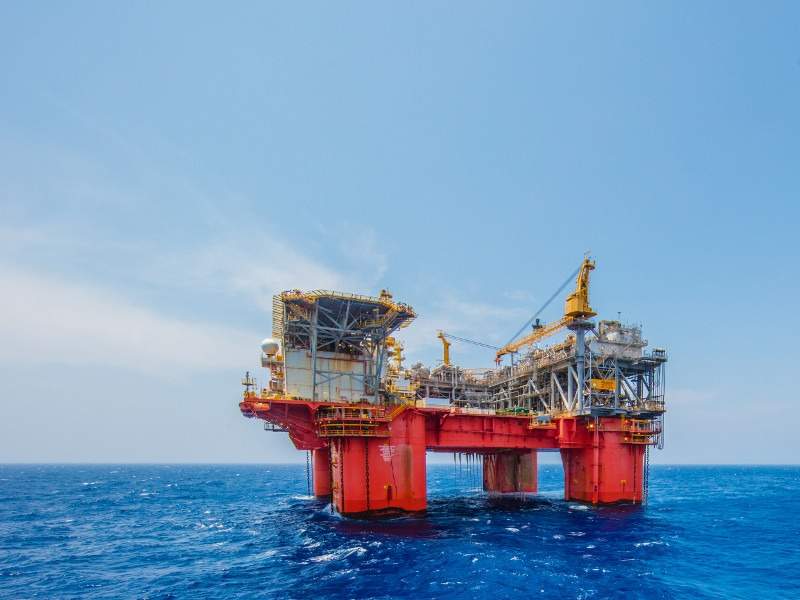The Atlantis oil and gas field, located approximately 240km south of New Orleans in the Gulf of Mexico, US, is undergoing third phase of expansion to increase its production capacity by 38,000 barrels of oil-equivalent a day (boed).
The offshore oil field, one of the biggest in the Gulf of Mexico, is co-owned by its operator BP (56%) and BHP Billiton (44%). Brought on stream in 2007, it is capable of producing 200,000 barrels of oil a day (bopd) and 180 million cubic feet (Mcf) of gas a day.
The oil field was estimated to contain 635 million barrels of recoverable oil equivalent resources (Mboe) at that time.
The $1.3bn Atlantis phase three expansion project targets the additional 400Mboe discovery at the field.
BP announced the final investment decision (FID) on the Atlantis oil field expansion project in January 2019.
The Atlantis phase three development is expected to produce its first oil in 2020.
Atlantis oil field discovery and development details
The Atlantis oil field, located in 7,000ft-deep waters in the Green Canyon area of the US Gulf of Mexico, was discovered in 1998.
The deep-water oil field was developed with 16 production wells connected to a semi-submersible production and quarters (PQ) facility via four production manifolds.
Permanently moored at a water depth of 2,134m, the Atlantis PQ facility has three production/utility modules. The topside weight of the facility is 14,125t.
The hull of the PQ facility is 403ft-long and 249ft- wide and has a displacement of 88,826t.
The offshore production facility houses a 63MW power generation unit and is supported by two mobile offshore drilling units.
The Atlantis field development project also underwent refurbishment during 2011-2012 to reconstruct the subsea system.
The oil and gas produced from the field are transported to the US markets through two pipelines namely Caesar and Cleopatra pipelines.
The Caesar oil pipeline and the Cleopatra natural gas pipeline are part of the Mardi Gas Transportation system, which is jointly owned by BP Midstream Partners (65%) and BP Pipeline (35%).
Atlantis phase three expansion details
The phase three Atlantis oil field expansion will include the development of a new subsea production system comprising eight new production wells tied-back to the existing Atlantis production facility.
The new production wells will be drilled in the eastern area of the Atlantis field.
The development partners are also planning for the Atlantis phases four and five expansions after completion of the ongoing project.
Contractors involved with phase three Atlantis oil field expansion
TechnipFMC was awarded the engineering, procurement, construction, and installation (EPCI) contract for the Atlantis phase three project in January 2019.
The contractual scope includes manufacture, design, and installation of the subsea systems including the subsea trees, manifolds, flowline, umbilicals, subsea tree jumpers, pipeline end terminations, and subsea distribution systems, along with the topside control equipment.
Contractors involved
The topside of the Atlantis PQ facility was constructed by Ray McDermott in Louisiana, US, while the hull was constructed by Daewoo Shipbuilding and Marine Engineering (DSME) in South Korea.
The integration of the topside and the hull was completed by KBR in 2005.
GVA Consultants, a subsidiary of KBR, was responsible for providing the design for the semi-submersible PQ platform for the Atlantis field.
Mustang Engineering provided structural designs along with the EPCI services for the Atlantis field development project.
The subsea contractors for the original Atlantis oil field development included FMC Technology (now TechnipFMC), Nexan Norway, and Subsea 7.
Other contractors involved with the project were Stress Engineering, Acute Technical, Omega Natchiq, Cameron Flow Control, Honeywell, Bayou Companies, Duffy and McGovern, and Heerema Marine Contractors.
EMAS AMC was awarded a contract by BP for the refurbishment of the subsea system of the Atlantis oil field in October 2011.




